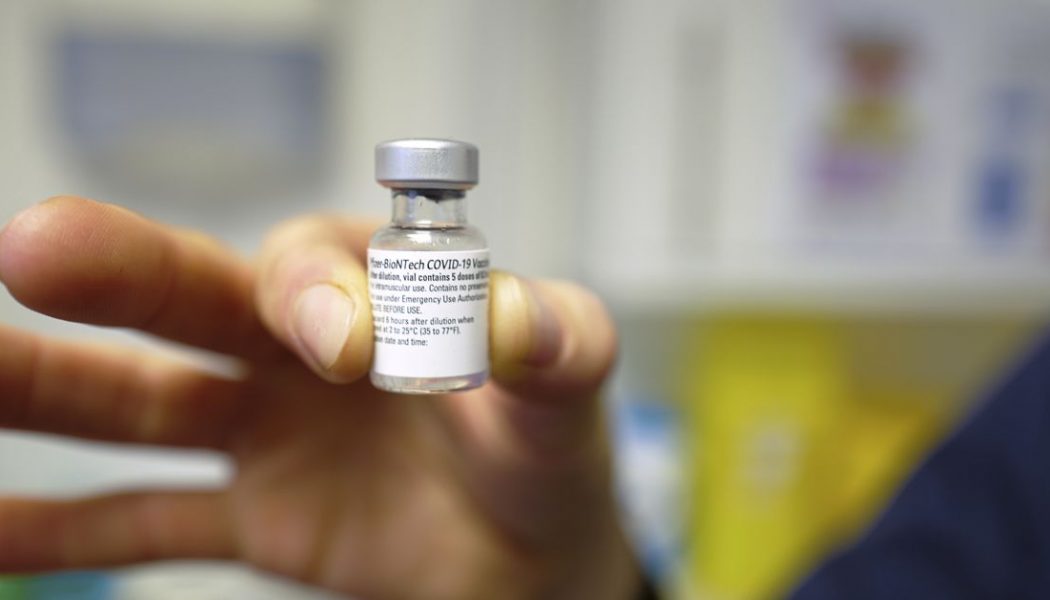
An algorithm determining which Stanford Medicine employees would receive its 5,000 initial doses of the COVID-19 vaccine included just seven medical residents / fellows on the list, according to a December 17th letter sent from Stanford Medicine’s chief resident council. Stanford Medicine leadership has since apologized and promised to re-evaluate the plan.
“We take complete responsibility for the errors in the execution of our vaccine distribution plan,” a Stanford Medicine spokesperson said in a statement to The Verge. “Our intent was to develop an ethical and equitable process for distribution of the vaccine. We apologize to our entire community, including our residents, fellows, and other frontline care providers, who have performed heroically during our pandemic response. We are immediately revising our plan to better sequence the distribution of the vaccine.”
The initial plan led to demonstrations from medical staff in addition to the letter sent by the chief resident council.
“Stanford’s decision to de-prioritize residents and fellows is defenseless on the basis of science, reason, ethics, and equality,” the letter said. (ProPublica has hosted the full letter on DocumentCloud.) “Many of us know senior faculty who have worked from home since the pandemic began in March 2020, with no in-person patient responsibilities, who were selected for vaccination. In the meantime, we residents and fellows strap on N95 masks for the tenth month of this pandemic without a transparent and clear plan for our protection in place.”
The residents’ letter also alleges that the error in the algorithm was found on Tuesday but that leadership opted not to make changes to the plan ahead of its December 17th release.
Here’s how the algorithm reportedly worked, according to NPR:
According to an email sent by a chief resident to other residents, Stanford’s leaders explained that an algorithm was used to assign its first allotment of the vaccine. The algorithm was said to have prioritized those health care workers at highest risk for COVID infections, along with factors like age and the location or unit where they work in the hospital. Residents apparently did not have an assigned location, and along with their typically young age, they were dropped low on the priority list.
Stanford Medicine administration also sent an email to staff on December 18th apologizing for the initial plan and promising changes. “We are working quickly to address the flaws in our plan and develop a revised version,” the email said, which was obtained by ProPublica health care reporter Caroline Chen. “We are optimistic that a large shipment of vaccines will arrive next week, which will allow us to vaccinate a substantial segment of our community.”
The Food and Drug Administration has authorized two COVID-19 vaccines for use in the US. The vaccine developed by Pfizer / BioNTech was authorized on December 11th, and the one developed by Moderna was authorized on December 18th.










